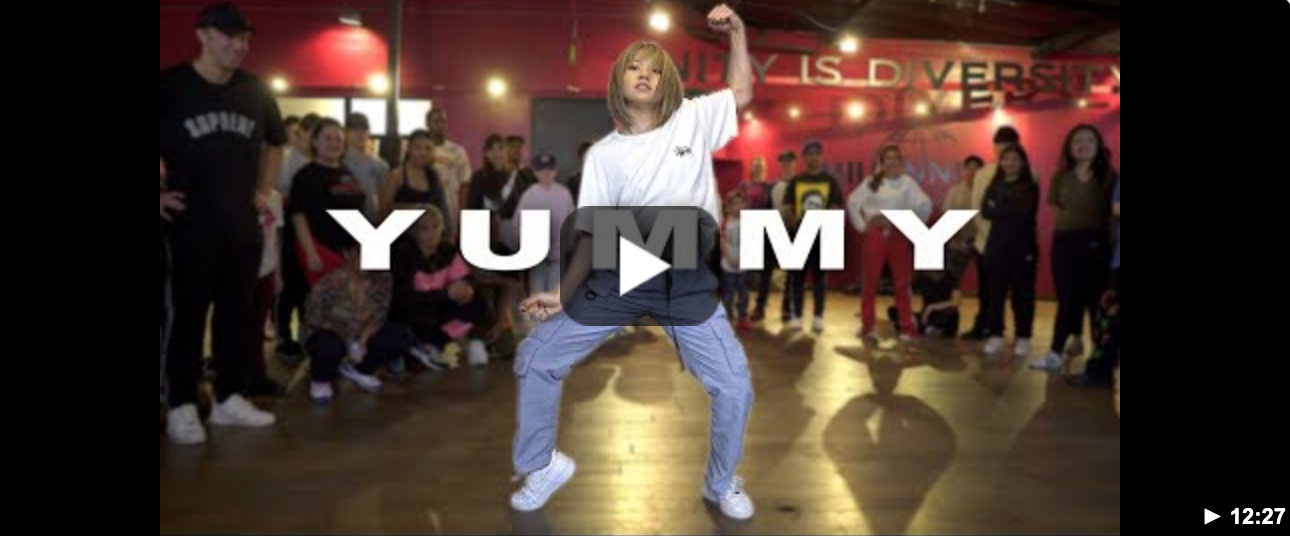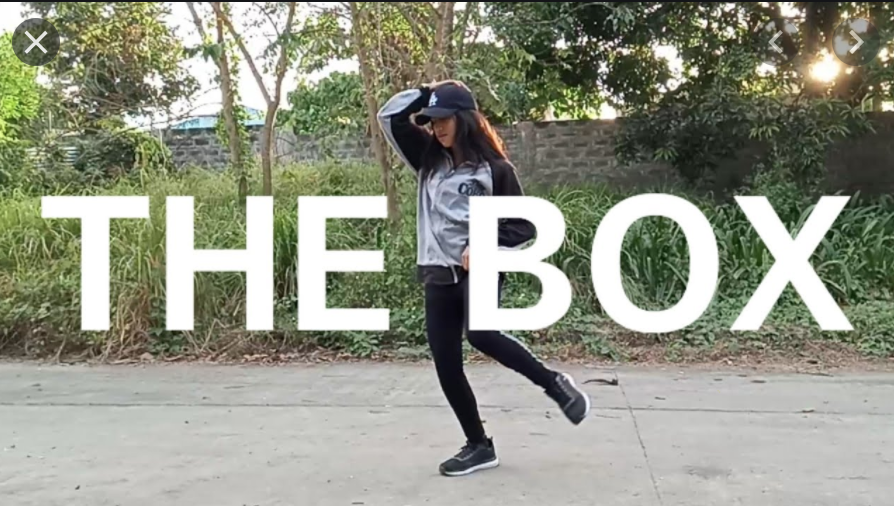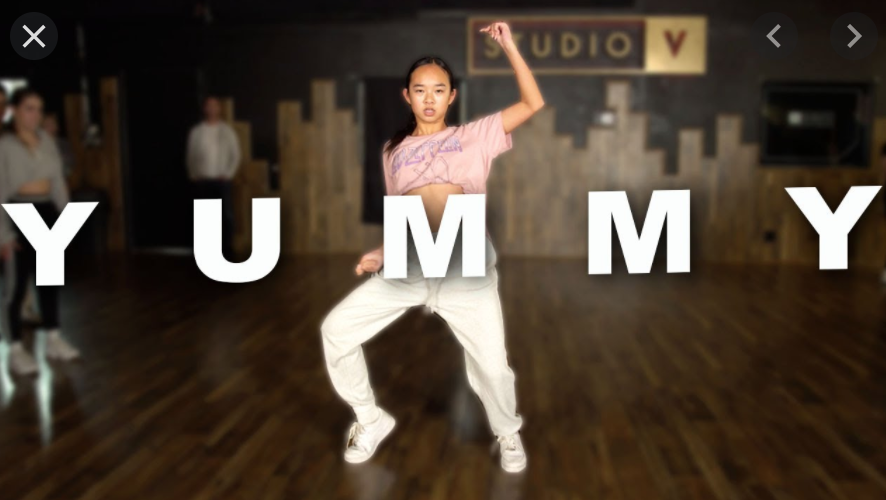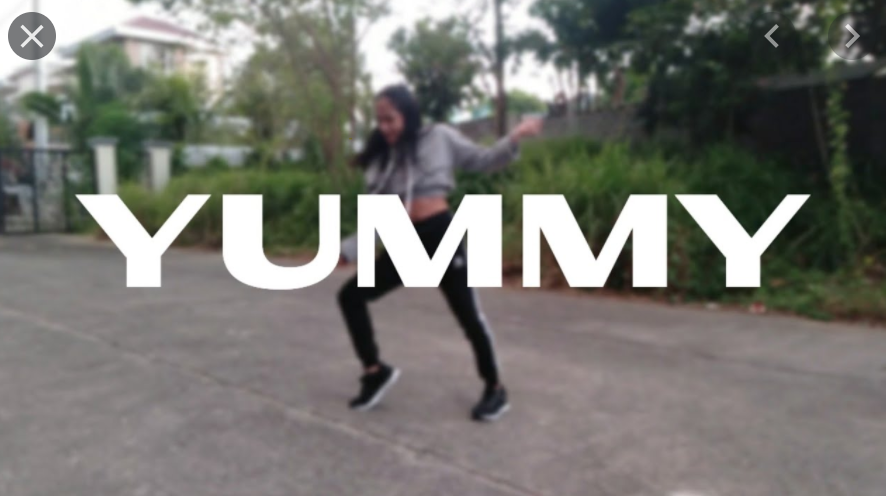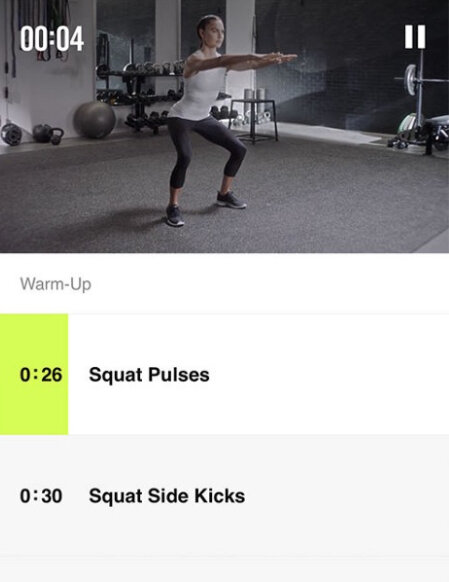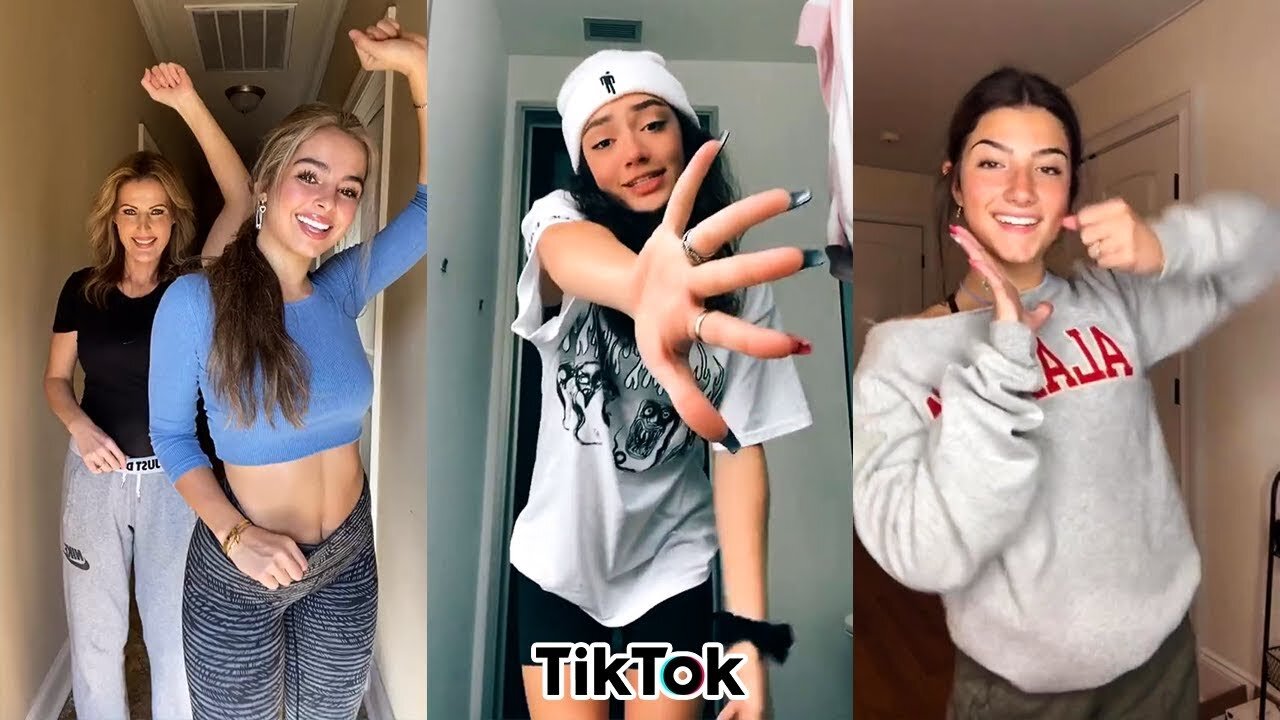FUTURALGIA
Here below, some excerpts of articles, references, quotes from books that are interesting in relation to the creation process of Futuralgia which have been forcibly influenced and adapted to the Covid-19 pandemia. Through the creation we are researching and experiencing body/image-representation, dance, and mechanics of apps and platforms in the digital medium which later will be transposed to a physical stage and live format.
Anthropolgy of image: Picture, Medium, Body
Hans Belting, 2001
As Hans Belting says in his book, Anthropolgy of image: Picture, Medium, Body, that the body is the medium through which we process, receive, and transmit images. Therefore, image is a physical procedure in which body and mind constantly interact. In the same way that the paper or the screen as a digital medium gives shape and life to the image, the body is another type of medium through which we literally embody images. Belting, exposes how images are largely responsible for building our identity and our social relationships and explains how digital display has become the dominant medium of our time today.
Now, due to the confinement situation, this tendency has become even more pronounced; digital media has become the main means of communication with others through physical distance.
“The screen is the dominant pictorial medium of our times, but its function is a complicated one. It does not present us with simple images, but rather transmits images by means that are under the control of commercial and political interests (2001: 20)”
“Public images have allways controlled personal imagination; and the personal imagination, in turn, either cooperates with them or resists them”. (2001: 15)
Workout Apps -body-image-representation-
Youtube Cover Dances
Learning from the virus
Paul B. Preciado MAR 28, 2020
Today we are moving from a written society to a cyber society, from an organic society to a digital society, from an industrial economy to an immaterial economy, from a form of disciplinary and architectural control, to forms of micro-prosthetic and media-cybernetic control. In other texts I have called pharmacopornographic the type of management and production of the body and sexual subjectivity within this new political configuration. The contemporary body and subjectivity are no longer regulated solely through their passage through disciplinary institutions (school, factory, house, hospital, etc.) but, and above all, through a set of biomolecular, micro-prosthetic, digital and transmission technologies and information.
The planetary spread of the Internet, the widespread use of mobile computing technologies, the use of artificial intelligence and algorithms in big data analysis, high-speed information exchange, and the development of global computing surveillance devices through satellite are indices of this new semiotic-digital management. If I have called them pornographic, it is, firstly, because these biovigilance techniques enter the body, penetrate the skin, penetrate us; and secondly, because biocontrol devices no longer function through the repression of sexuality, but through the incitement to consumption and the constant production of a regulated and quantifiable pleasure. The more we consume and the healthier we are, the better we are controlled.
Workout app - Nike training club
Biopolitics in the 'pharmacopornographic' era
The different strategies that different countries have taken in the face of the Covid-19 extension show two totally different types of biopolitical technologies. The first, operating mainly in Italy, Spain and France, applies strictly disciplinary measures that are not, in many ways, very different from those used against the plague. The second strategy, launched by South Korea, Taiwan, Singapore, Hong Kong, Japan, and Israel, involves moving from modern architectural control and disciplinary techniques to pharmacopornographic biovigilance techniques: here the emphasis is on individual detection of the viruses through the multiplication of tests and constant and strict digital surveillance of patients through their mobile computing devices. Mobile phones and credit cards here become monitoring instruments that allow the movements of the individual body to be traced. We do not need biometric bracelets: the mobile has become the best bracelet, no one is separated from it or to sleep. A GPS application informs the police of the movements of any suspected body. The temperature and movement of an individual body are monitored through mobile technologies and observed in real time by the digital eye of a cyber-authoritarian State for which the community is a community of cyber users and sovereignty is above all digital transparency and management of big data.
What will have been invented after the crisis is a new utopia of the immune community and a new form of body control. The subject of the neoliberal techno-patriarchy that the Covid-19 manufactures has no skin, is untouchable, has no hands. He does not exchange physical goods or touch coins, he pays with a credit card. It has no lips, it has no tongue. He does not speak live, he leaves a voice message. It does not meet or collectivize. He is radically individual. It has no face, it has a mask. His organic body is hidden to exist after an indefinite series of semi-technical mediations, a series of cybernetic prostheses that serve as a mask: the mask of the email address, the mask of the Facebook account, the mask of Instagram. It is not a physical agent, but a digital consumer, a teleproducer, it is a code, a pixel, a bank account, a door with a name, an address to which Amazon can send your orders.
Full article in spanish: https://elpais.com/elpais/2020/03/27/opinion/1585316952_026489.html?fbclid=IwAR31YmkOk0-sPeOIE1YYrFYRFKBXgH0gKTlcCjgw5UHN1b0ntSRSDK35p44
REFLECTIONS after watching video lecture from James Bridle at HAU
- Gregor Runge -
https://www.youtube.com/watch?v=-S3rJnTxFoY
Computer technology as we know it today is based on the principles of prognosis and control. Simplified, modern computerization is basically a result of intense military research, which intensified in the 40s/50s and at that time was very much focussed on developing models for weather forecast. Later on during the cold war era this continued into the development of global weapon shield systems and so on. It’s this kind of research which builds the foundation of our technological present. The whole idea behind these technologies is to predict an event in order to react to it before it happens. In order to do so, computers work with models of the world, which are fed with vast amounts of data in order to simulate reality as best as possible. But what James Bridle states, is that no matter how much data you feed into these models, in the end they will never be a complete simulation of reality, but will always stay approximations only. So as an extreme, one could say that Computerization is based on false models of the world, and in a world where everything is based so much on Computer technology, through our use of technology we drift away further and further from reality.
The computerized models build their simulations with data from the past. Out of the sum of this vast amount of past experiences, they predict what will happen in the future, by use of a simulation. What James Bridle points out, is that this method of collecting data makes simulations blind towards the occurrence of unexpected events.
I very much brought this general analysis into connection with the term “Futuralgia”. A nostalgic feeling about a future which is not a real future anymore. A future driven by nostalgic ideas, modeled out of data of the past. James Bridle says: „Computerization develops a future which is like a past.“ This brings us rightaway to algorithms, which I would argue work the same way.
How Tik Tok Is Rewriting the World
By John Herrman March 10, 2019
TikTok is an app for making and sharing short videos. The videos are tall, not square, like on Snapchat or Instagram’s stories, but you navigate through videos by scrolling up and down, like a feed, not by tapping or swiping side to side.
Video creators have all sorts of tools at their disposal: filters as on Snapchat (and later, everyone else); the ability to search for sounds to score your video. Users are also strongly encouraged to engage with other users, through “response” videos or by means of “duets” — users can duplicate videos and add themselves alongside.
You can select from an enormous range of sounds, from popular song clips to short moments from TV shows, YouTube videos or other TikToks. You can join a dare-like challenge, or participate in a dance meme, or make a joke. Or you can make fun of all of these things.
What’s both crucial and easy to miss about TikTok is how it has stepped over the midpoint between the familiar self-directed feed and an experience based first on algorithmic observation and inference. The most obvious clue is right there when you open the app: the first thing you see isn’t a feed of your friends, but a page called “For You.” It’s an algorithmic feed based on videos you’ve interacted with, or even just watched. It never runs out of material. It is not, unless you train it to be, full of people you know, or things you’ve explicitly told it you want to see. It’s full of things that you seem to have demonstrated you want to watch, no matter what you actually say you want to watch.
It is constantly learning from you and, over time, builds a presumably complex but opaque model of what you tend to watch, and shows you more of that, or things like that, or things related to that, or, honestly, who knows, but it seems to work. TikTok starts making assumptions the second you’ve opened the app, before you’ve really given it anything to work with.
TikTok - body - image - algorithms - identity
Human Contact Is Now a Luxury Good
Screens used to be for the elite. Now avoiding them is a status symbol.
By Nellie Bowles. March 23, 2019
Real human interaction, life without telephones during the day has become a symbol of differential social status in the United States. The more monitors appear in the lives of the poor, the more they disappear in the lives of the most privileged, says the New York Times. "The richer they are, the more they spend to disappear from the digital world," says Milton Pedraza, a consultant to the Luxury Institute who advises companies on the customs of the most powerful. He discovered that the richest not only flee the digital world but also spend money on everything they promote in human contact. "Really important people don't have to be connected all the time” says Pedraza.
What the elites value is quality human treatment in an office, hospital, school or anywhere else; "This is real power and wealth, not a next-generation mobile phone.” While the privileged grow up in environments with fluid relationships, the poorest and most ignorant must give up their personal data through their devices, they analyze the most intimate choices they make online, in exchange for receiving emotional gratification that they do not obtain in the real world .
Full article New York times: https://www.nytimes.com/2019/03/23/sunday-review/human-contact-luxury-screens.html









